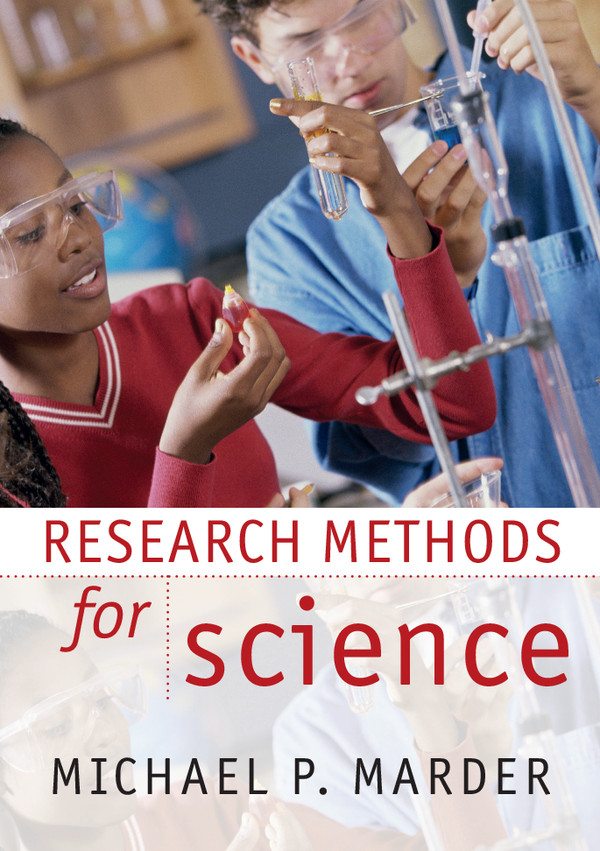Book contents
- Frontmatter
- Contents
- Preface
- 1 Curiosity and research
- 2 Overview of experimental analysis and design
- 3 Statistics
- 4 Mathematical models
- 5 Scientific information
- Appendix A Spreadsheets for basic scientific computation
- Appendix B Extract from Galileo's Two New Sciences
- Appendix C Safety in the laboratory
- Appendix D Grading rubrics
- Index
4 - Mathematical models
Published online by Cambridge University Press: 05 June 2012
- Frontmatter
- Contents
- Preface
- 1 Curiosity and research
- 2 Overview of experimental analysis and design
- 3 Statistics
- 4 Mathematical models
- 5 Scientific information
- Appendix A Spreadsheets for basic scientific computation
- Appendix B Extract from Galileo's Two New Sciences
- Appendix C Safety in the laboratory
- Appendix D Grading rubrics
- Index
Summary
Ingredients of mathematical modeling
Applied mathematics refers to the portion of mathematics most often useful in representing the physical world. Many scientists spend most of their time working on the theories of physics, chemistry, geology, astronomy, or biology; most of their time is spent with mathematics as well. Statistical analysis is a portion of that analysis, but there is much more as well. Another name for this sort of activity is mathematical modeling.
Numbers
The most useful idea in mathematical modeling is also the oldest and most basic. It is the idea of using numbers to represent the world. There are many different sorts of numbers, and it may be useful to review them before proceeding to more complicated operations.
Positive integers These represent increasing quantities of essentially identical objects. The basic idea is simple yet abstract, that one object can be essentially the same as another, while not literally being identical. Even two symbols, X, X, are different if only because they are in different places, but everyone seems to understand what it means to say that they are the same, and there are two of them.
Zero This is a number representing the absence of some quantity. It makes it possible to state that something is not present.
Negative integers These numbers seem to have been conceived in India during our Medieval period, along with the Arabic numerals (brought by Arabs from India to Europe).
Information
- Type
- Chapter
- Information
- Research Methods for Science , pp. 112 - 150Publisher: Cambridge University PressPrint publication year: 2011
